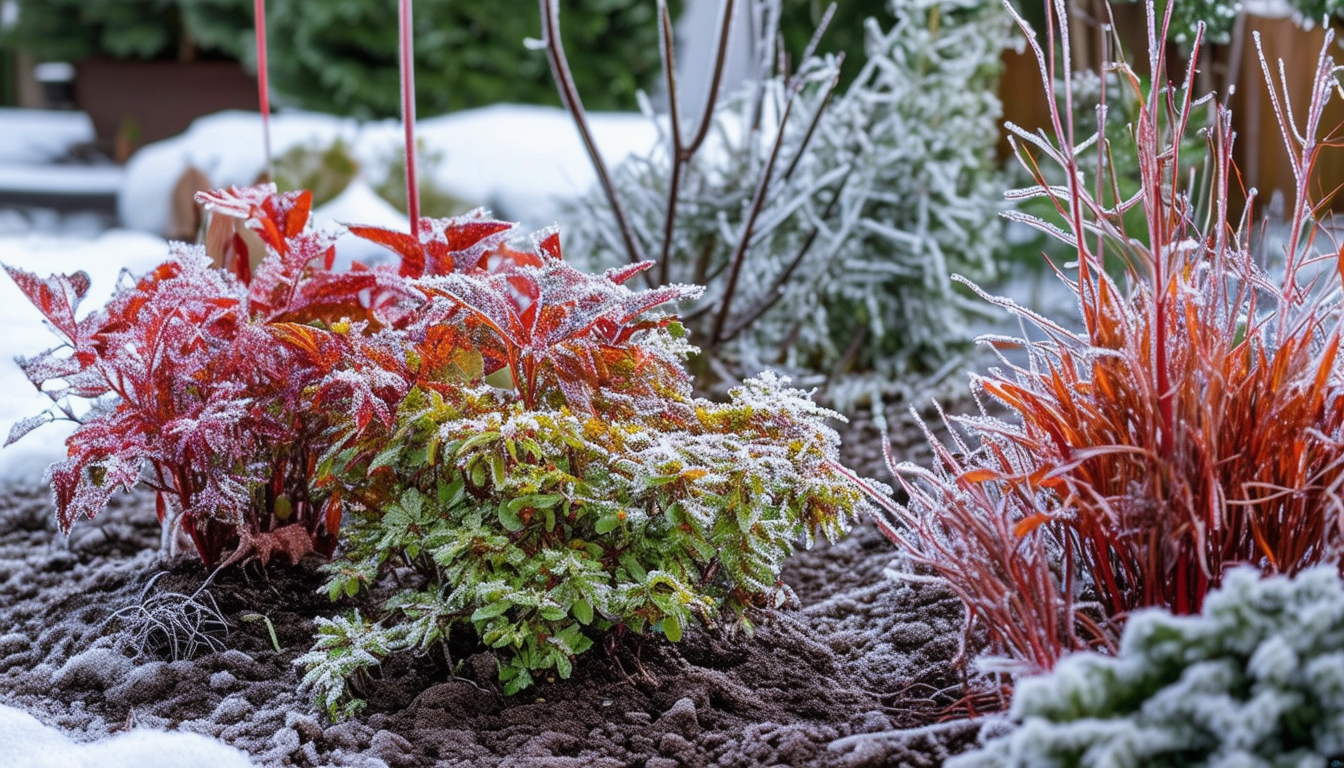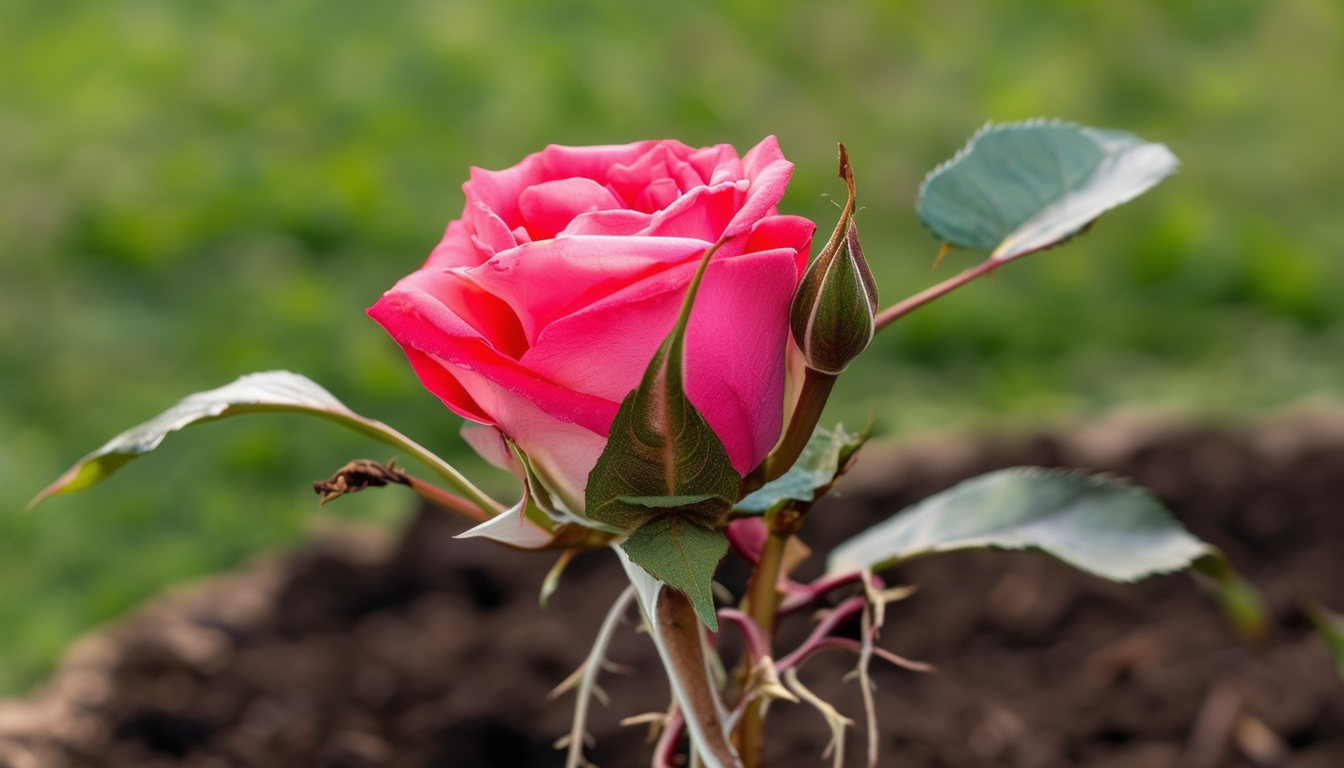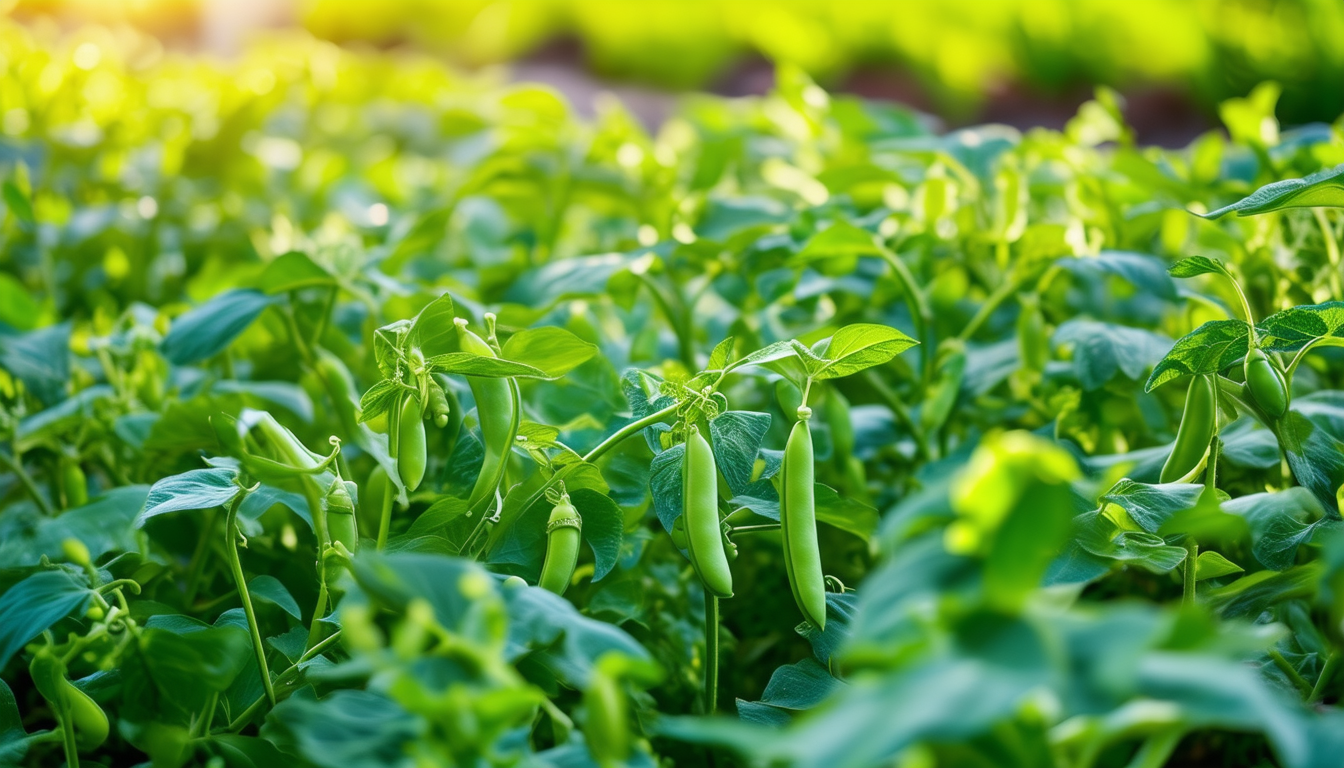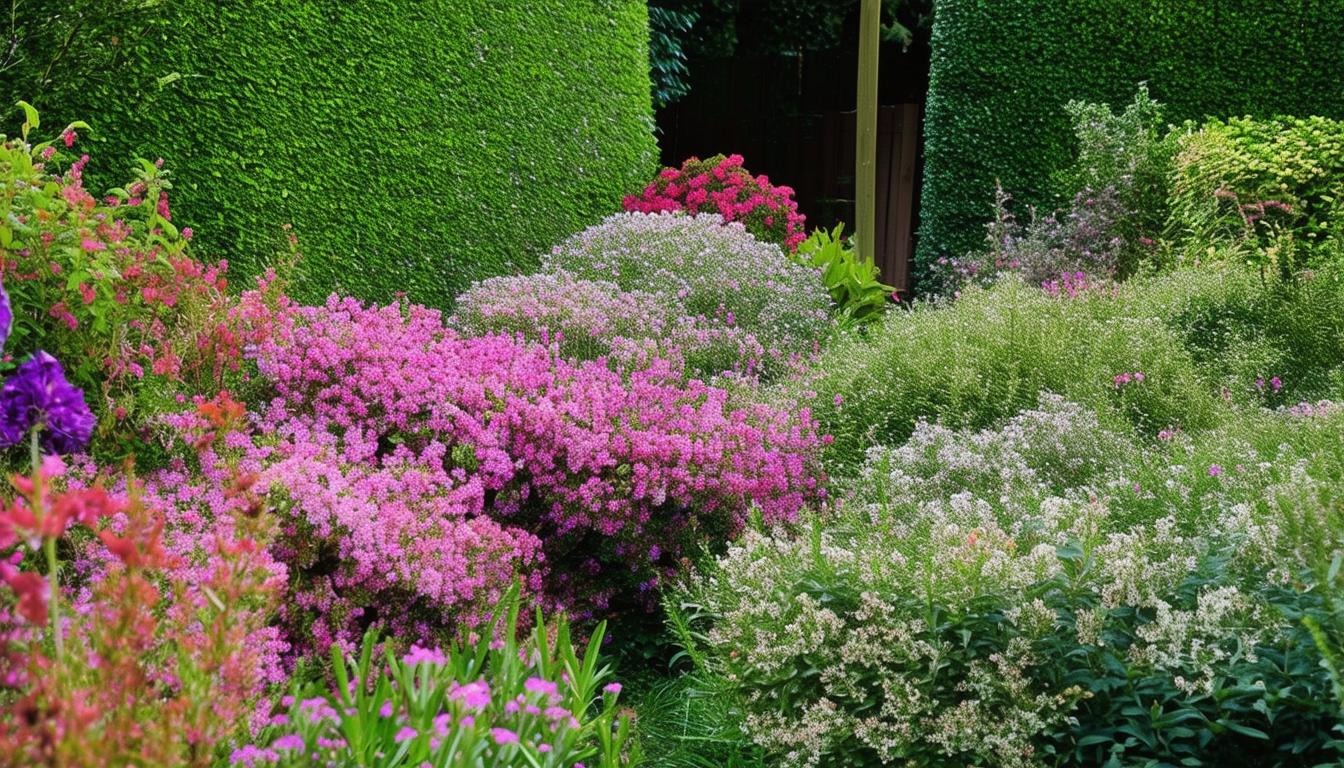
Discover the best bare root plants to invigorate your winter garden and learn essential tips to ensure they thrive.
Why Bare Root Plants Are Perfect for Winter Planting
Bare root plants are dormant plants sold without soil around their roots, making them lightweight and easier to handle. Winter is the ideal time to plant them because they are in a state of dormancy, which minimizes transplant shock and allows them to establish roots before the growing season begins.
Planting bare root plants in winter also gives them ample time to adapt to their new environment. The cool, moist conditions of winter provide a perfect environment for root development, ensuring that the plants are well-established by the time spring arrives.
Top Bare Root Plants to Plant During Winter
Several bare root plants perform exceptionally well when planted in winter. Popular choices include roses, fruit trees such as apples, pears, and cherries, as well as ornamental trees like birches and maples. Additionally, certain shrubs like hydrangeas and lilacs thrive when planted as bare root specimens during the winter months.
These plants are selected for their ability to withstand the cold and their propensity to establish strong root systems when planted in the cooler months. By choosing these hardy varieties, you can ensure a vibrant and flourishing garden come spring.
Step-by-Step Guide to Planting Bare Root Plants
1. **Preparation:** Start by soaking the roots of your bare root plant in water for a few hours before planting. This helps rehydrate and prepare the roots for their new environment.
2. **Digging the Hole:** Dig a hole that is wide and deep enough to accommodate the roots without crowding them. The hole should be twice as wide as the root system but not deeper than the plant's previous growing depth.
3. **Planting:** Place the plant in the hole, ensuring that the roots are spread out evenly. Fill the hole with soil, firming it gently around the roots to eliminate air pockets. Water thoroughly to settle the soil.
4. **Mulching:** Apply a layer of mulch around the base of the plant to retain moisture and regulate soil temperature. Mulching also helps prevent weed growth, which can compete with the new plant for nutrients.
Essential Care Tips for Bare Root Plants in Winter
To ensure the success of your bare root plants, it's crucial to follow some essential care tips. Keep the soil consistently moist but not waterlogged, as overwatering can lead to root rot. Use a layer of mulch to help retain moisture and protect the roots from extreme temperature fluctuations.
Regularly check for signs of stress or damage, such as wilting or discoloration, and address any issues promptly. Protect young plants from harsh winds and frost by using plant covers or windbreaks if necessary. With proper care, your bare root plants will establish strong roots and thrive in their new environment.
Common Mistakes to Avoid When Planting Bare Root Plants
Avoid common mistakes like planting bare root plants too deeply, which can suffocate the roots and hinder growth. Ensure that the planting hole is appropriately sized and avoid compacting the soil too tightly around the roots, which can restrict root expansion.
Another common mistake is neglecting to water the plants adequately. While it's important not to overwater, under-watering can also be detrimental to the establishment of bare root plants. Regularly monitor soil moisture levels and adjust your watering schedule accordingly to maintain optimal conditions for growth.



